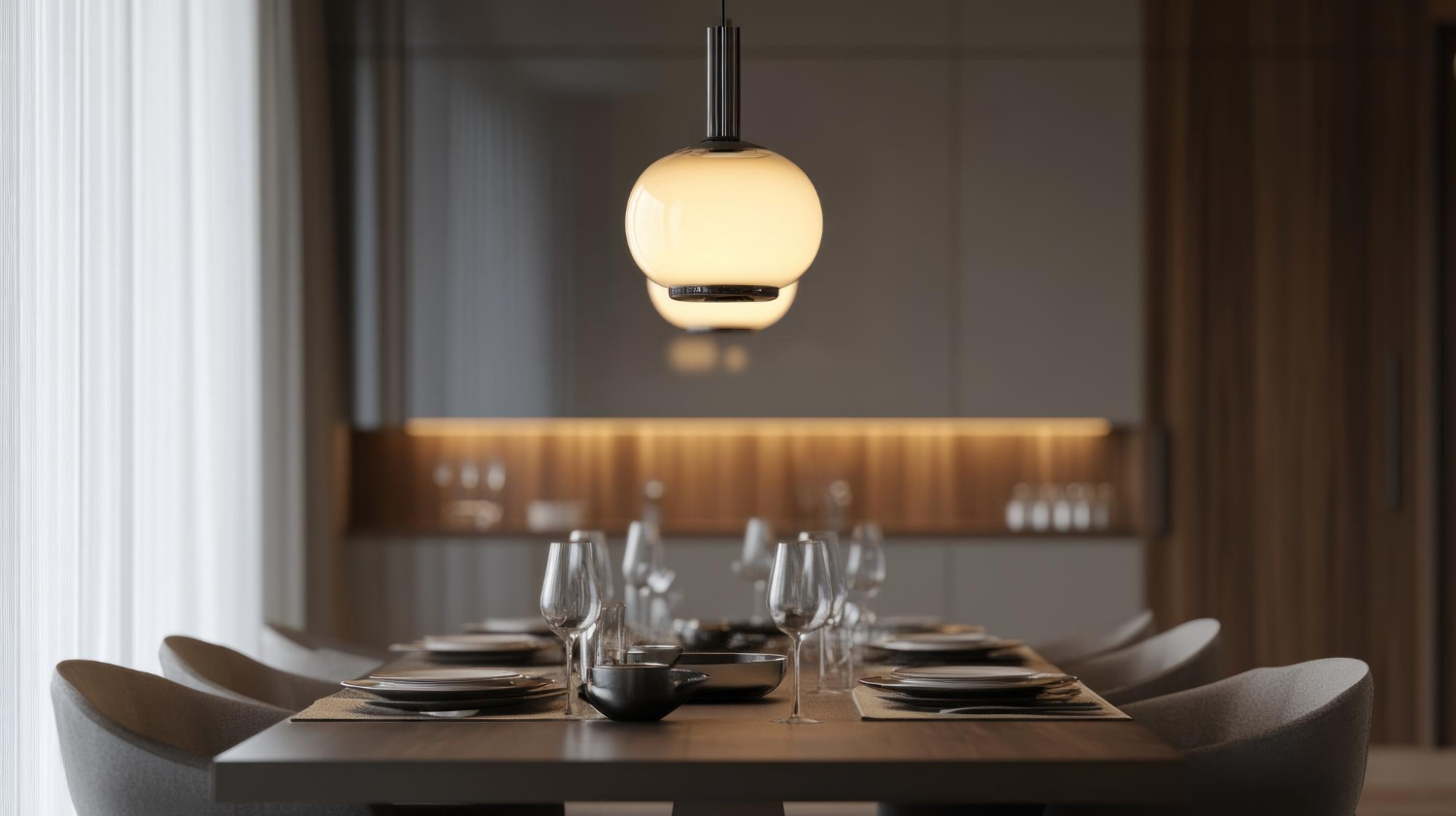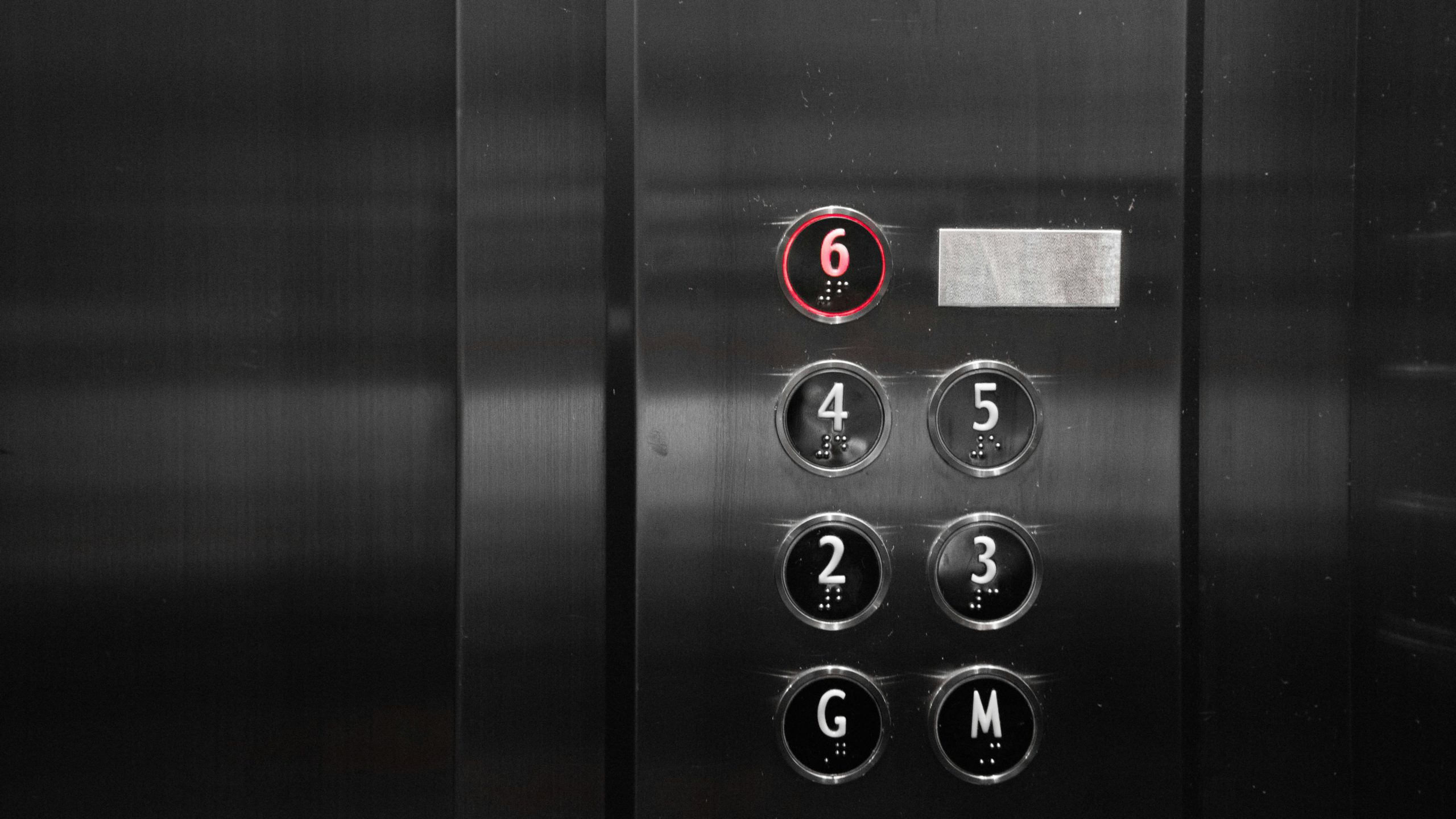Dining Table Lighting: Complete Guide to Styles, Height & Kitchen Integration
Introduction
If you want a dining table that looks better, food that appears more appetizing, and smoother conversations—start with dining table lighting. The right lighting enhances food colors, reduces shadows on faces, and sets the mood between formal and cozy. This guide puts you on the right track to choosing and installing dining table lighting, while smartly tying it to kitchen lighting distribution and overall décor blending. We’ll cover types and techniques, give you practical measurements, common mistakes to avoid, and easy tips even if your dining table light is simple. Don’t treat lighting as décor only; think of it as layered light—ambient, task, and decorative—and you’ll get the best results at the lowest cost.
Why Dining Table Lighting Matters
Dining table lighting directly affects mood, appetite, photos, and even how spacious the room feels. Choosing the right height and balanced brightness makes the setting comfortable and reduces glare on eyes and glossy surfaces.
Hanging Pendant Lighting
- Hanging pendants above the table create a visual focal point and distribute light evenly over the dining surface.
- Rule of thumb: hang the fixture at 75–90 cm (29.5–35.5 in) above the tabletop. This preserves sightlines and prevents visual clutter between guests.
- For small round/square tables, one pendant is enough; for long rectangular tables, consider a row of three smaller pendants or a linear pendant at 60–90% of the table length.
Adjustable Lighting
- Use dimmers to switch the mood between a formal dinner and a casual family meal.
- Choose lamps with adjustable color temperature: 3000–3500K for a cozy warmth, and 4000K for a clean, modern look.
- When combining dining table lighting with kitchen lighting distribution, keep separate control for each circuit so the table and surrounding countertops aren’t always at the same intensity.
Types of Dining Table Lighting
Dining table lighting isn’t a single fixture—it’s a system of layered light:
- Pendants / Linear Pendants
- Great for rectangular tables. They provide focused light and emphasize the table center.
- Mind the bar width: keep it ≤ 1/3 of the table width, and its length ≥ 60% of the table length.
- Chandeliers
- A classic or luxe contemporary choice. Pick a design that spreads light downwards and sideways, and avoid oversized pieces.
- Rule: chandelier diameter (cm) ≈ (room length + width in meters) × 10.
- Recessed / Spotlights
- Not for use alone over the table; they’re supportive layers that reduce shadows and highlight edges.
- Place them around the table perimeter—not directly above the center—to avoid face glare.
- Wall lights & concealed LED strips
- Create a warm halo and add depth. In buffets or adjacent cabinets, they reveal details and complement kitchen lighting distribution.
- Table or floor lamps
- Helpful for corners and consoles. Don’t rely on them as the sole table-lighting solution; use them as a decorative layer supporting the main dining table light.
Installation Tips for Dining Table Lighting
- Alignment & Height:
- Center the light over the table—not necessarily the room.
- Hanging height: 75–90 cm (29.5–35.5 in) from the tabletop for a single piece. For multiple pendants, keep 60–75 cm (24–30 in) between fixtures.
- Color & Rendering (CCT & CRI):
- Choose a color rendering index of CRI ≥ 90 so food looks natural.
- 3000–3500K gives a cozy residential feel; 4000K suits ultra-modern spaces.
- Brightness (Lumens):
- A 6–8 seat table typically needs 1500–3000 lumens split between pendants and spots.
- Use a dimmer to dial in “evening mood.”
- Avoiding Glare:
- Pick diffusers or opal/fabric shades to soften light, especially with glossy stone surfaces.
- Angle spots outside the direct line of sight.
- Smart Wiring:
- Separate dining table lighting circuits from kitchen lighting distribution; you won’t want identical intensity for dining and cooking.
- Use independent switches plus scene controls (Welcome / Dinner / Cleaning).
- Installation Safety:
- Ensure the ceiling point can handle the fixture weight and use a canopy to conceal wiring.
- In open kitchens, avoid direct steam and heat paths.
Combining Table Lighting with the Room Décor
Successful dining table lighting depends on harmony with materials, colors, and spatial layout:
- Scale harmony: For heavy wooden tables, choose pendants with clear metal detailing; for glossy marble, use opal or diffused glass to reduce glare.
- Overall style: Modern spaces suit linear bars and geometric discs; classic rooms work well with multi-arm crystal chandeliers.
- Open-plan layouts: Keep a unified sightline between the dining table light and kitchen lighting distribution; matching metal finishes (brushed nickel/matte black) visually ties both zones.
- Accessories: Warm LED candles or a vase beneath the light pool elevate the scene and prevent visual emptiness above the table.
- Color balance: With nearby dark walls, slightly increase intensity or add a concealed LED strip to compensate for absorption.
Conclusion
Choosing dining table lighting isn’t a luxury—it’s a design-and-engineering decision that improves daily life and showcases your space. Start with accurate measurements, pick the right pendant type, ensure adjustability, and keep it on a separate circuit from kitchen lighting distribution. Aim for comfortable light, appetizing food colors, and a balanced look by day and night. With every décor update, revisit height and intensity—great lighting is like music: it needs harmonious “distribution,” not just a pretty fixture.
FAQs
What’s the ideal height for hanging a dining table light?
The sweet spot is 75–90 cm (29.5–35.5 in) above the tabletop. If the table is tall or chairs have high backs, move toward 90 cm; for lower, lighter settings, move toward 75 cm.
How do I choose the pendant or chandelier size?
For a linear bar: length at 60–90% of the table length. For a round chandelier: diameter ≤ half the table width, with adequate clearance around it.
Is one pendant enough?
Yes for small or round tables. For long rectangular tables, use a row of 2–3 smaller pendants or one long linear pendant for even coverage.
What’s the difference between ambient and task lighting for dining?
Ambient fills the room; task targets the tabletop. Layering both prevents shadows and highlights dishes without glare.
What color temperature is best for dining rooms?
3000–3500K for cozy residential warmth; 4000K for a brighter modern feel. Aim for CRI ≥ 90 for natural-looking food and décor.
How do I coordinate the table light with kitchen lighting?
Separate circuits: one for the table, another for countertops/cabinets. Use dimmers or scene presets (Dinner/Welcome/Cleaning) for independent control.
Are spotlights alone sufficient?
They’re great as a supportive layer but don’t replace the main dining table lighting. Use a primary pendant and let spots complete the scene.
How many lumens do I need?
For a 6–8 seat table, target 1500–3000 lumens split between pendants and spots, plus a dimmer to fine-tune ambience.
Common mistakes to avoid?
Hanging too low (blocking views) or too high (causing glare), oversizing the fixture, using overly cool light, and not separating table and kitchen circuits.
I have an open kitchen—how do I keep it cohesive?
Match metal finishes (matte black/brushed nickel), repeat the design language between pendants over the table and kitchen bars/spots, and align heights along a consistent visual horizon.









